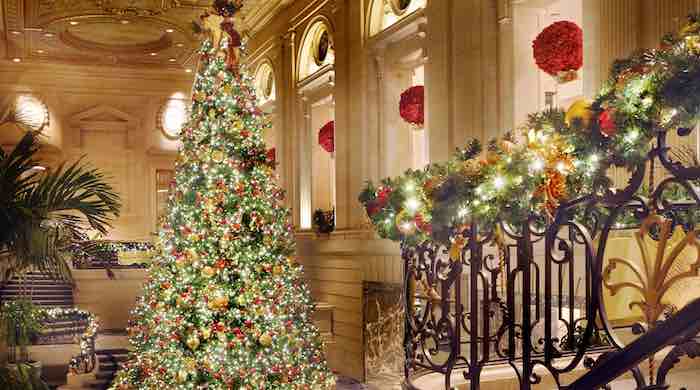
Readers of these columns will be gratified to learn that people are coming back to the natural tree. Whether it's plastic pollution, pricey artificial imports or simple nostalgia for the real thing, everywhere sales of live pines, spruce, firs and hemlock are climbing.
And why not? Christmas tree farming is environmentally sound. The stands, often on land little suited for anything else, provide a welcoming habitat for vast array of wildlife as well as employment in areas where such opportunities are often scarce on the ground. Cut-your-own operations not only offer an additional source of revenue to tree farmers but to surrounding communities where the visitors stop to shop. Once home, they bring joy and happiness before finally ending their days biodegraded as municipal mulch.
The same cannot be said for the competition. The pollution caused by plastics has reached down almost to the point of politicians taking practical steps to reduce the menace. Nor to these ersatz imitations offer much in the way of local employment. China yes, and the contaminating container ships that deliver them
en masse to further shores. And surely there is nothing more ironic than communist China not recognizing religion but profiting from a major event of Christianity? So you'll never have to buy another tree? Think again--artificial trees last an average of six years before ending up in landfill.
What tree to purchase? Visit local lots and you'll most likely be limited to the two or three species most popular in your neck of the woods. These could be White spruce, White pine, Scotch pine, Virginia pine, Hemlock (Balsam fir), Douglas fir, Fraser Fir, or Noble fir. Any and all may have taken up to 10 years to reach the desired six to seven feet in height.
A word of warning, however: potted
Picea are not environmentally practical. They may tolerate a week or so in the home but then must be planted outside. Is your yard large enough to support what, in the case of a white spruce (
P. glauca), become a hundred-foot conifer? Where will next year's tree go? And the next one . . . and the next . . . and the next?
Fun Facts and Figures:
- Canadian Christmas Trees: valued at over $50 million annually; more than 1,700,000 trees were exported to the US--half from Quebec.
- Canadian Christmas Tree Farms: almost 2,400 for a total of over 28,000 hectares
- Big Business: in the US, 25 to 30 million trees are sold annually from about 15,000 farms, worth about $1 billion.
 Readers of these columns will be gratified to learn that people are coming back to the natural tree. Whether it's plastic pollution, pricey artificial imports or simple nostalgia for the real thing, everywhere sales of live pines, spruce, firs and hemlock are climbing.
And why not? Christmas tree farming is environmentally sound. The stands, often on land little suited for anything else, provide a welcoming habitat for vast array of wildlife as well as employment in areas where such opportunities are often scarce on the ground. Cut-your-own operations not only offer an additional source of revenue to tree farmers but to surrounding communities where the visitors stop to shop. Once home, they bring joy and happiness before finally ending their days biodegraded as municipal mulch.
Readers of these columns will be gratified to learn that people are coming back to the natural tree. Whether it's plastic pollution, pricey artificial imports or simple nostalgia for the real thing, everywhere sales of live pines, spruce, firs and hemlock are climbing.
And why not? Christmas tree farming is environmentally sound. The stands, often on land little suited for anything else, provide a welcoming habitat for vast array of wildlife as well as employment in areas where such opportunities are often scarce on the ground. Cut-your-own operations not only offer an additional source of revenue to tree farmers but to surrounding communities where the visitors stop to shop. Once home, they bring joy and happiness before finally ending their days biodegraded as municipal mulch.